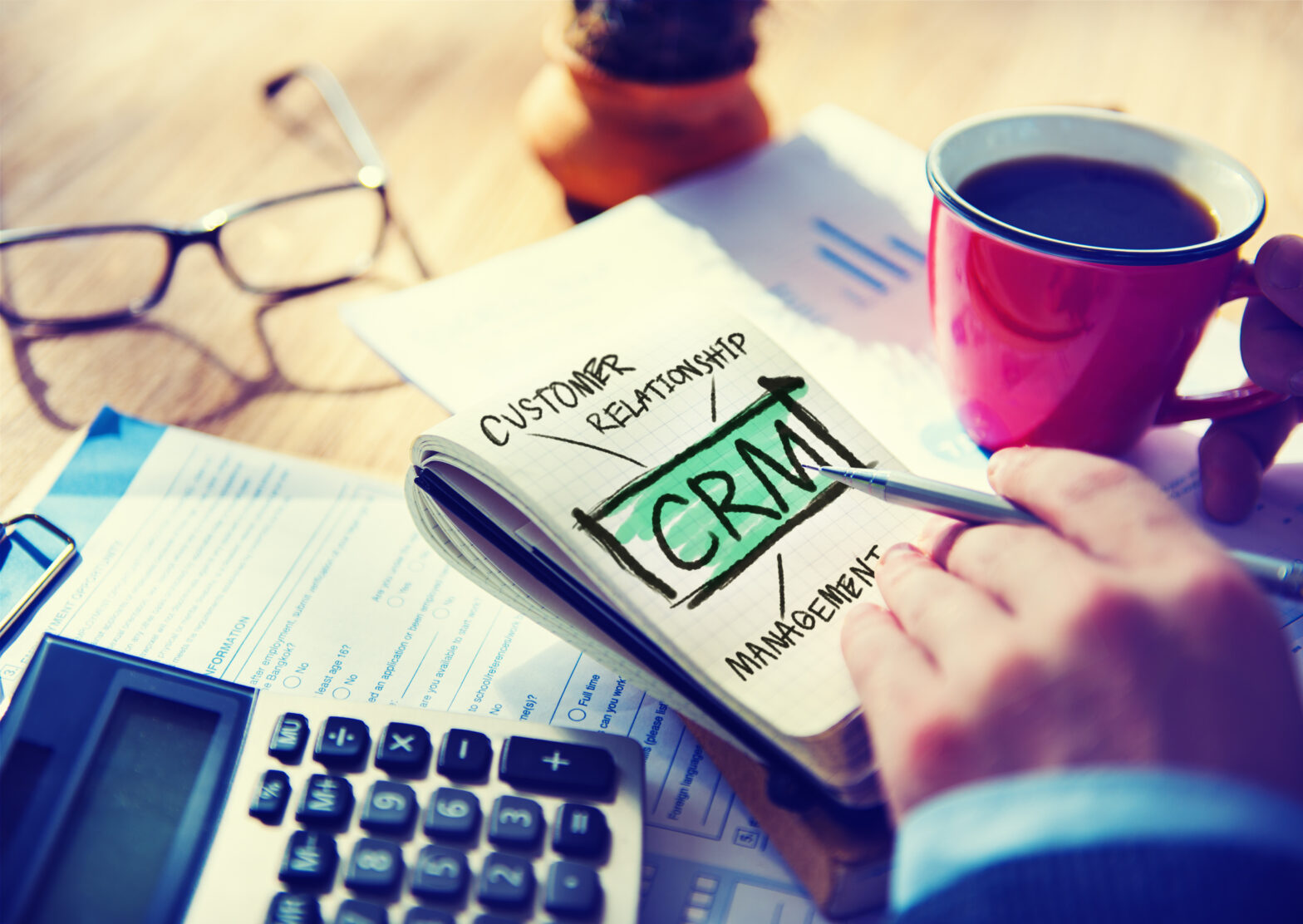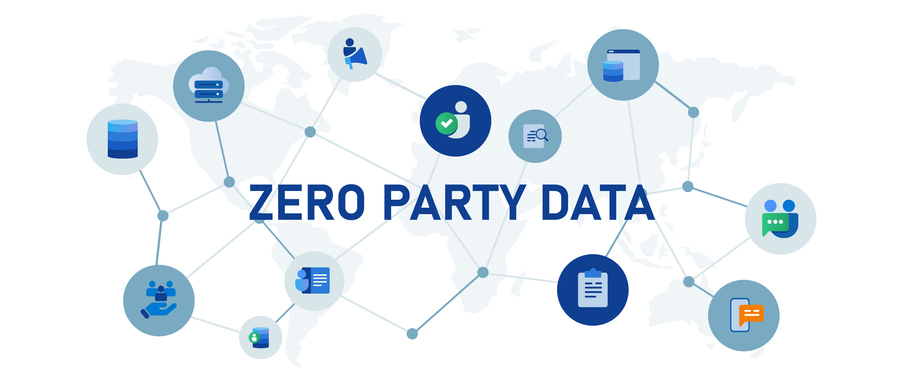One in ten small businesses avoid calls from customers due to a lack of information about their account while one in five have lost valuable business due to poor customer relations. These are the findings of research carried out for Microsoft, leading it to produce some advice for small firms looking to improve their CRM.
‘CRM shouldn’t be just something that is seen to be the preserve of large firms,’ says Clare Barclay, head of small business for Microsoft. ‘I believe that with the right use of affordable technology, small businesses can be even more successful at CRM than their larger competitors because they have the ability to have a meaningful and personalised relationship with their customers.’
Microsoft bCentral.co.uk has produced the following top five tips to help small businesses plan, write and publish profitable customer communications:
1. Begin by setting out your objectives and then devising a plan for your customer communications. To create greatest impact, your marketing materials should primarily focus on how your organisation can benefit your customers. Tell your customers how they will benefit from choosing your products and services. Be positive yet always be honest.
2. The more detailed information you have about customers, the more you can use it to your advantage. It shouldn’t just be that customer X bought product Y. Look into them personally. What is their job? Their position? Their industry? When do they need to buy your product again? Being able to target the right message, to the right person can dramatically increase sales.
3. You need to market to customers when they’re most receptive to your message – when they need or want what you’re selling the most. How frequently you contact a customer will be determined by the kind of business you have, or by the circumstances of your customers. You want to be in touch often enough to develop recognition and trust, but not so much that you become a nuisance. How often is enough will be decided by your objectives – whether they are to carve a long-term relationship or to generate some quick sales.
4. Flyers, brochures and newsletters are all methods of customer communication but which you will use depends upon what you are trying to promote. For example, direct mail flyers get your message across fast, and are easily produced whenever you run a promotion. Newsletters are highly effective when you are trying to forge a long-term bond with your customers. Take time to not only choose the right strategy to suit your core objectives but also to design your communications. If cost is an issue, you could forgo the use of a graphic design company and instead utilise Microsoft Publisher to achieve similar results.
5. Make every customer communication count. Once you’ve designed and tested the marketing materials, you’re ready to go. Track response and feedback so you only send similar materials to customers when they are most receptive. By targeting the right people at the right time with the right message, you’ll build recognition and credibility, while also building customer loyalty.





